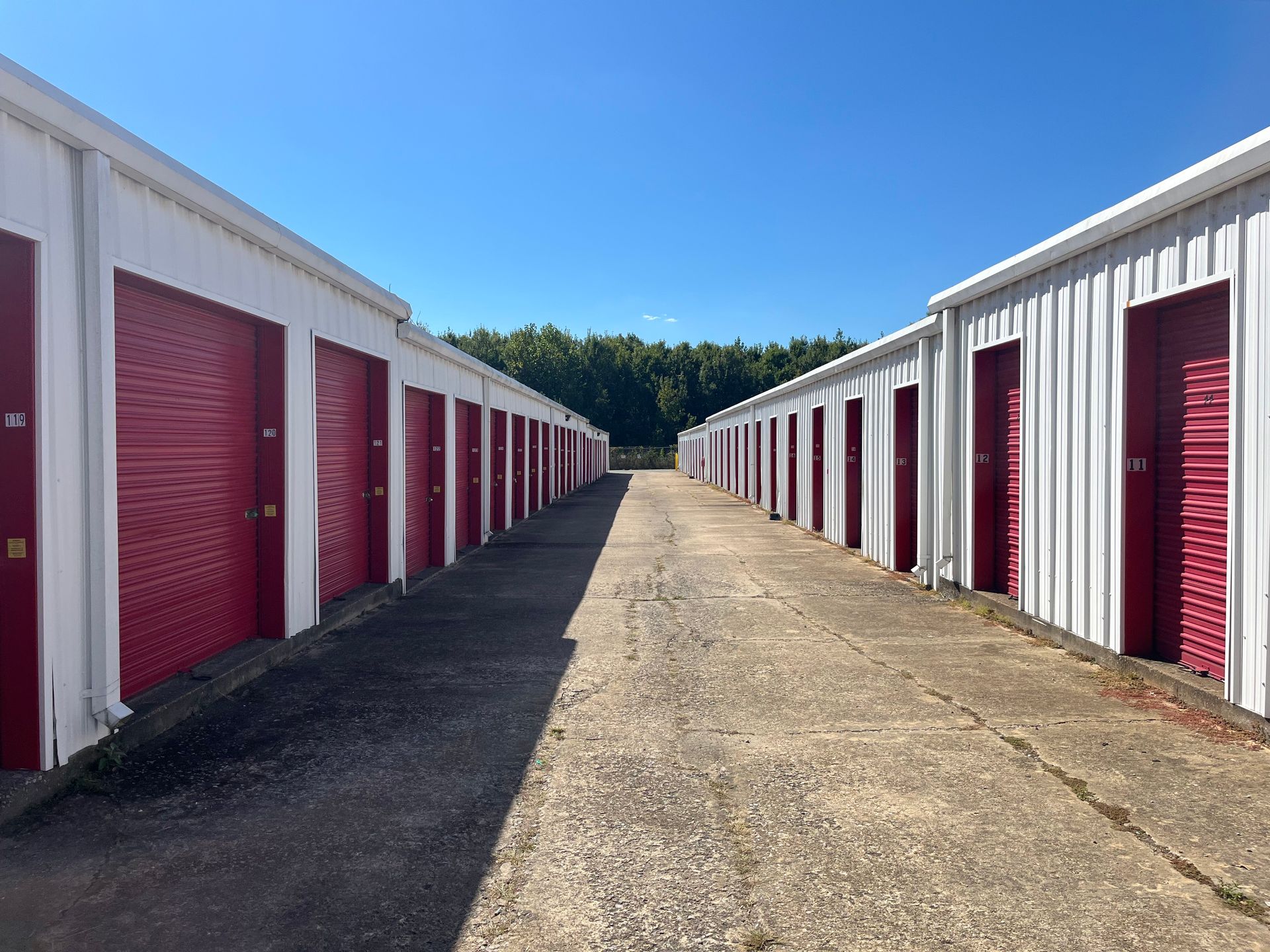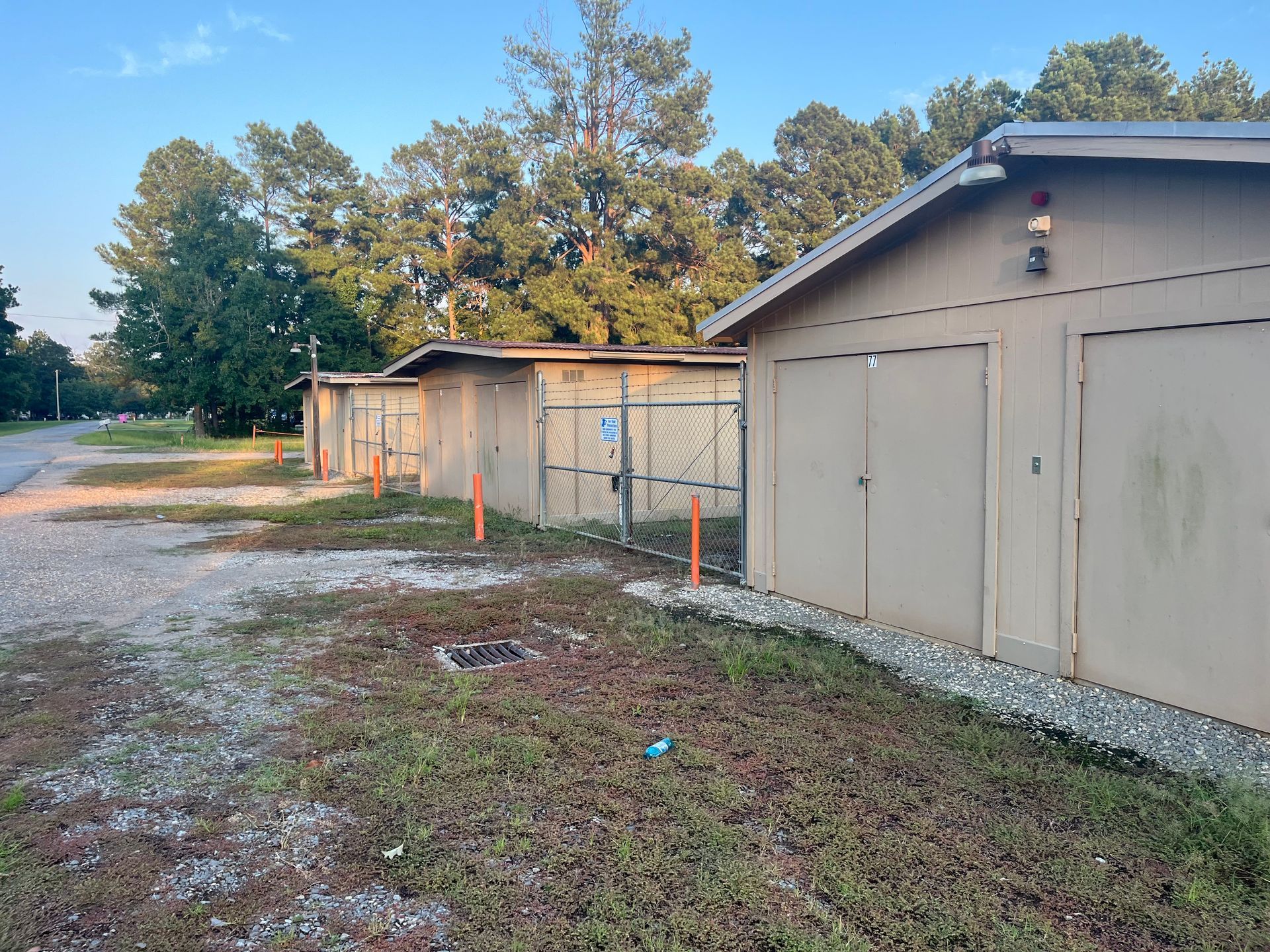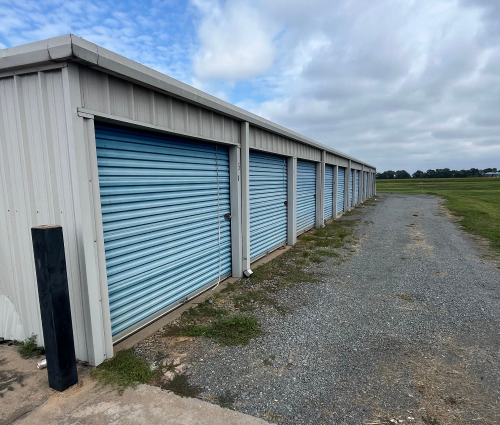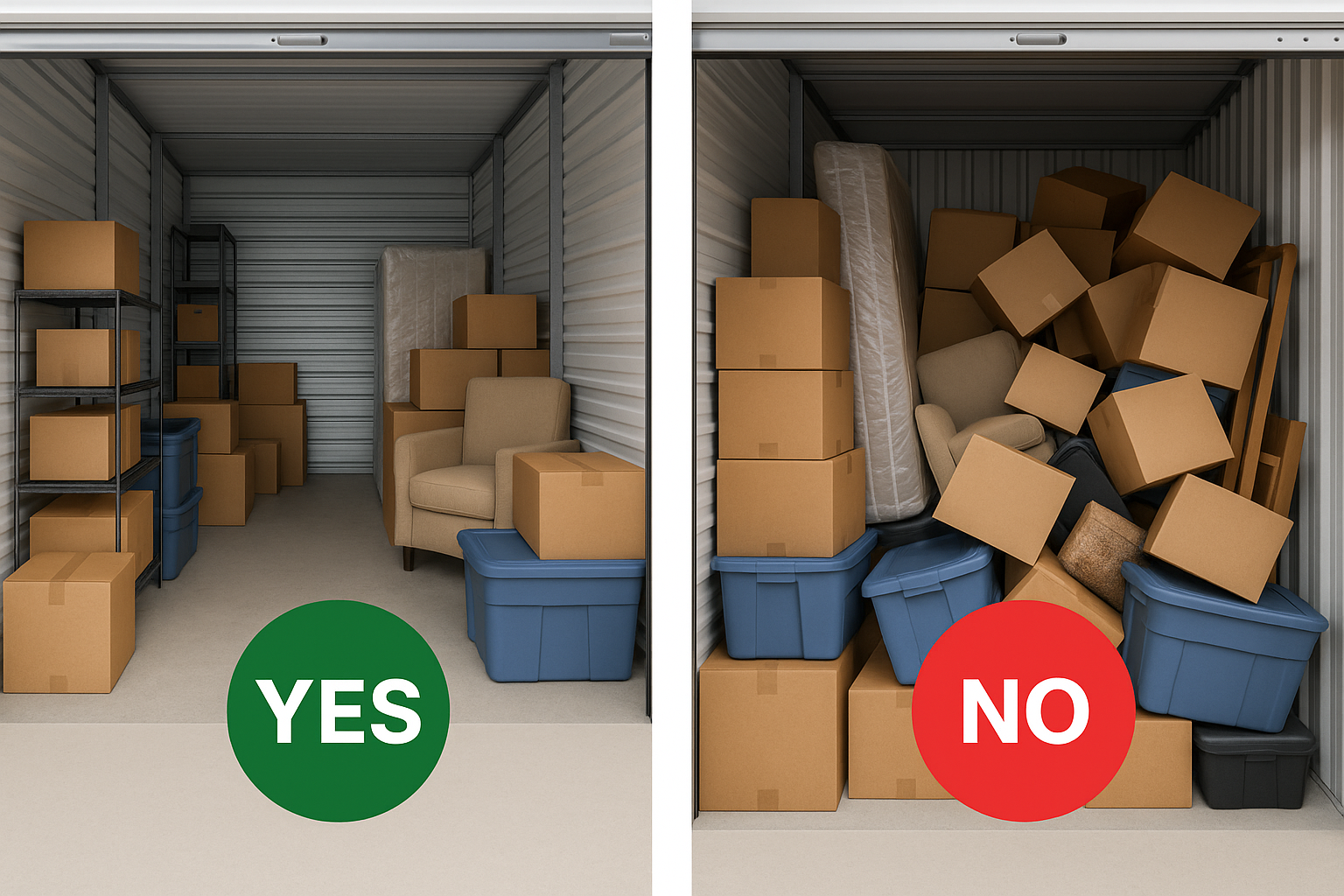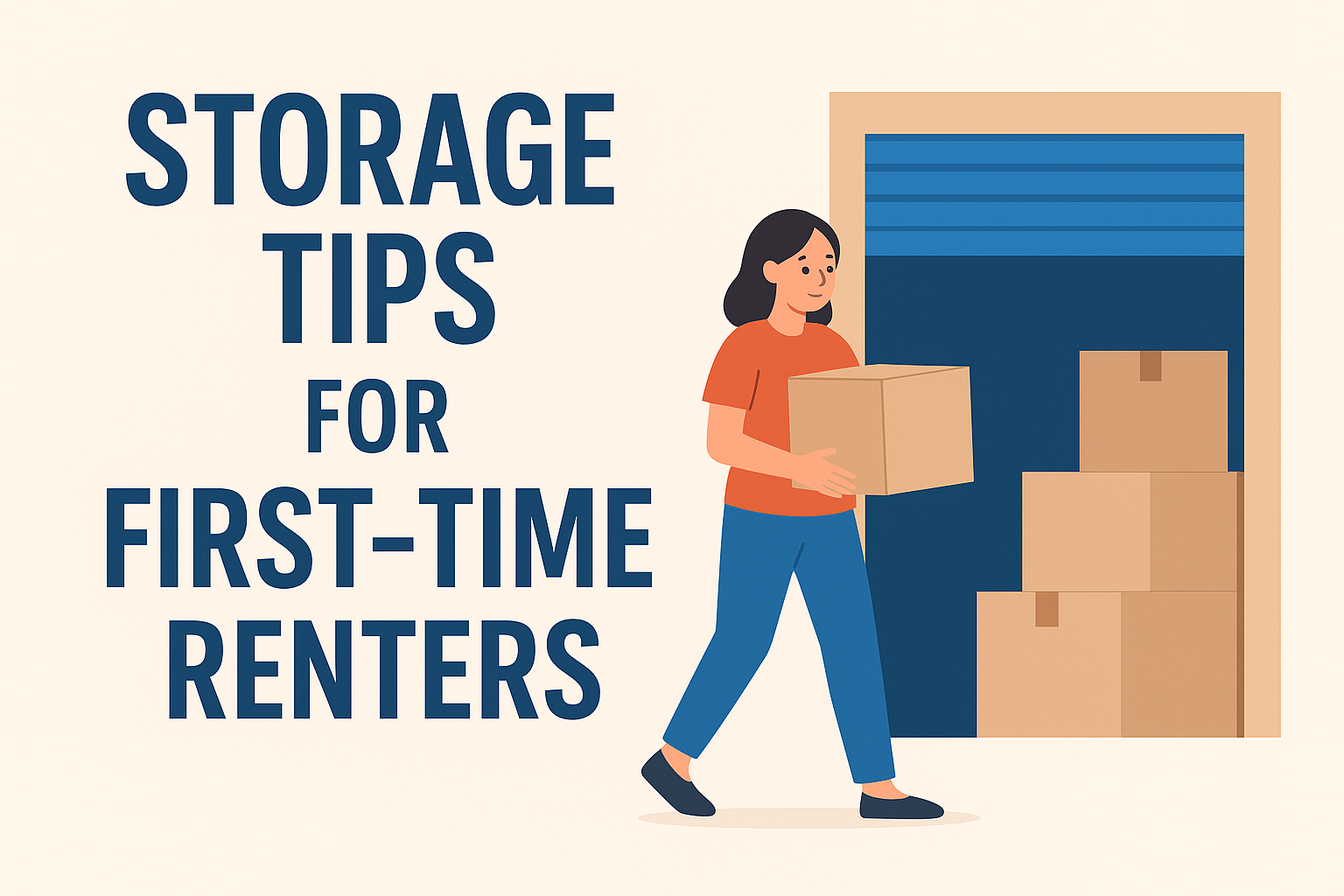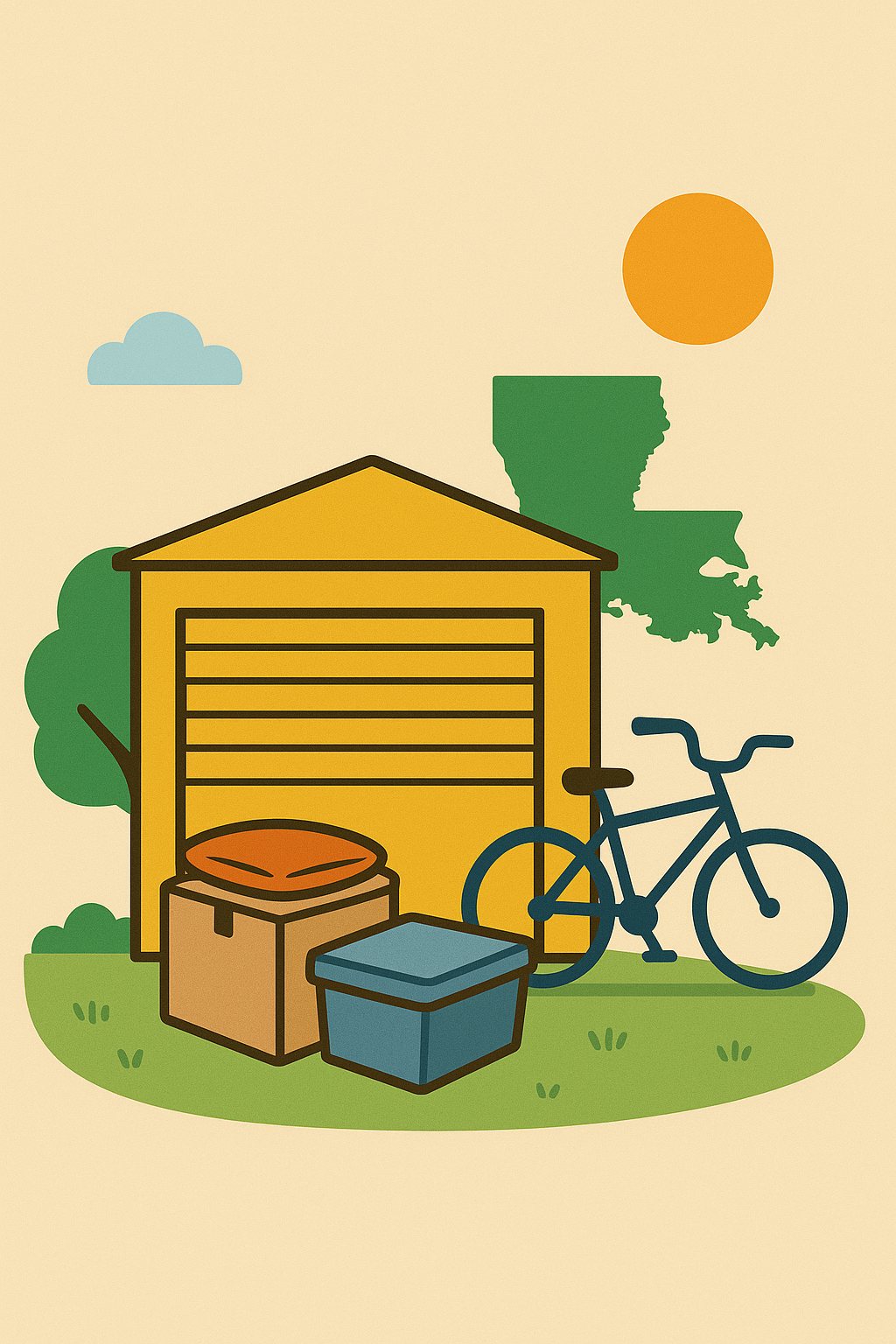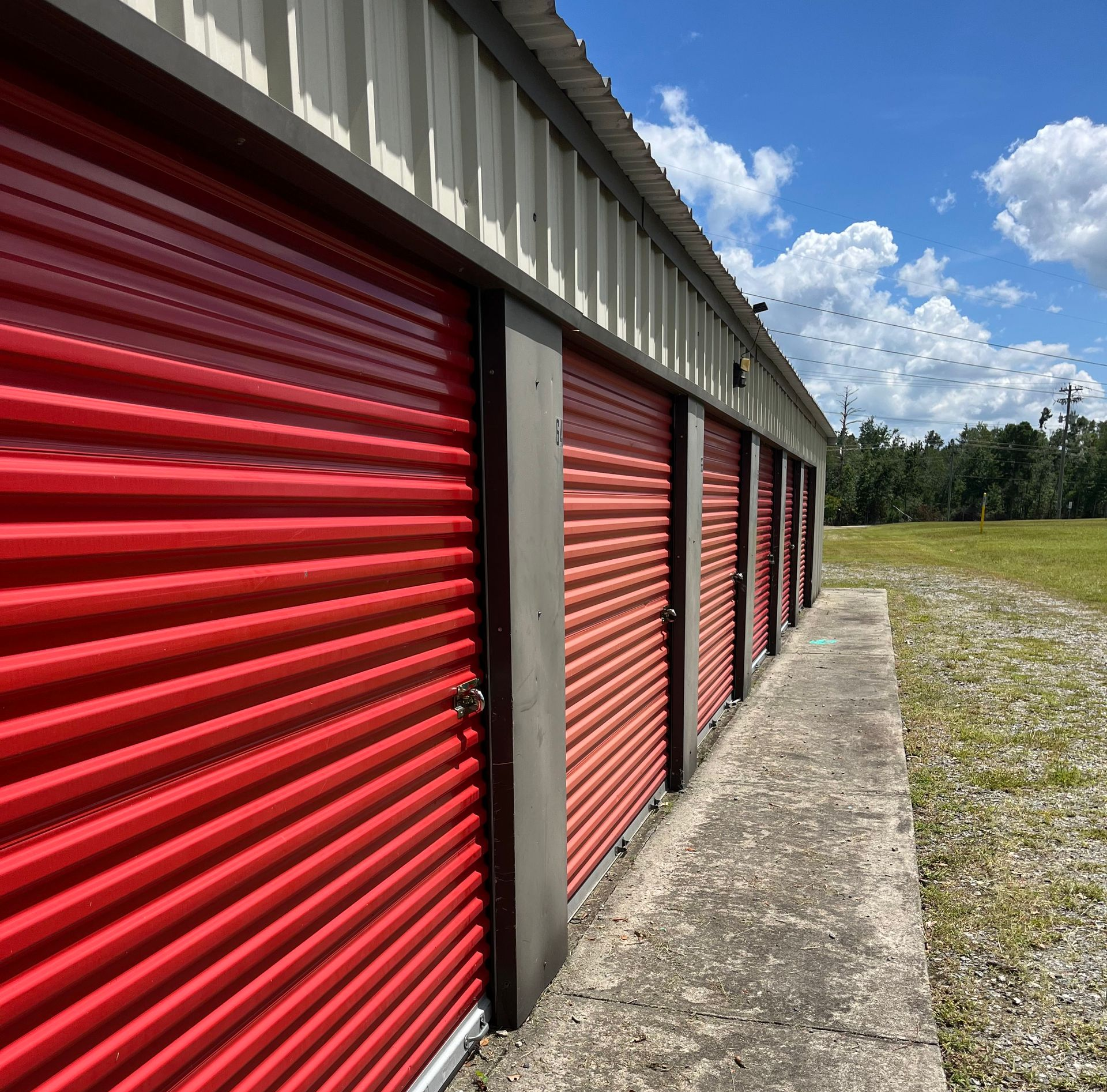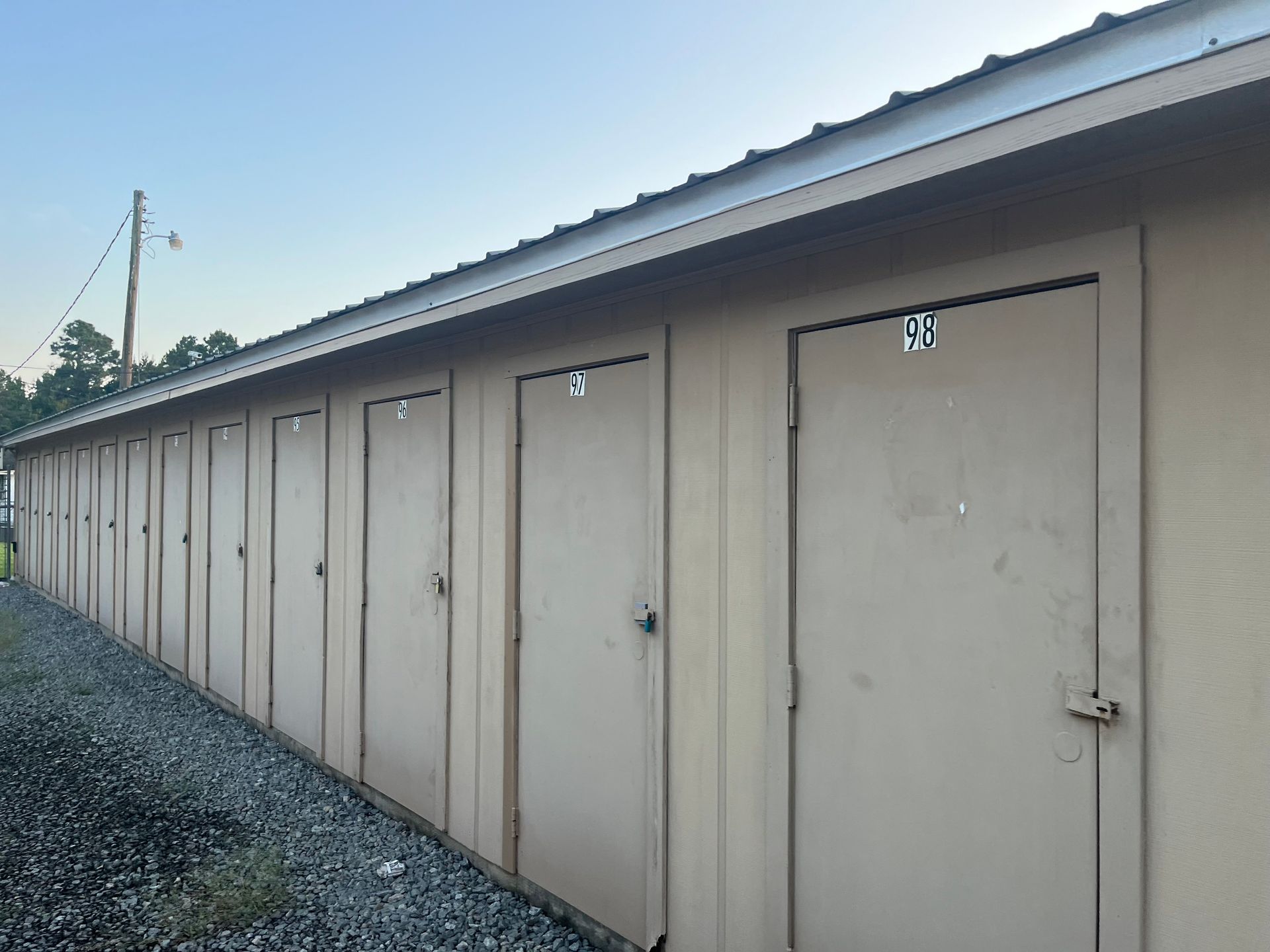Top Packing Hacks for Long-Term Storage
"Smart, Space-Saving Tips to Keep Your Belongings Safe, Organized, and Damage-Free for the Long Haul

When you're preparing to put items in long-term storage, strategic packing is essential. Whether you're downsizing, relocating, decluttering, or storing seasonal gear, how you pack determines whether your belongings emerge intact months—or even years—later. Below, we reveal the most effective storage packing hacks to help you make the most of your unit, minimize damage, and stay organized.
At Goodfellas Storage, we know storage. With multiple convenient Locations across the Southeast and more on the way, we’re committed to helping you protect what matters. Read on for pro-level packing tips that can save you time, money, and frustration.
1. Start With a Plan
One of the most underrated but critical storage hacks is simply planning ahead. Start by taking inventory of everything you plan to store. Sort items by category, fragility, or room, and make a list or spreadsheet.
Why it matters:
- Helps you estimate storage unit size (Size Guide)
- Ensures delicate or essential items are packed with care
- Keeps you from storing things you don’t actually need
Use this opportunity to purge what you don’t need. Donate, sell, or toss items to avoid paying to store things you’ll never use again.
2. Choose the Right Storage Unit Size
Too small and you’ll be playing storage Tetris. Too big and you’re wasting money. Our Size Guide makes it easy to choose the right fit.
Pro tip: When in doubt, go one size up. It’s easier to organize and access items if your unit isn’t jam-packed.
3. Use Quality Packing Supplies
Cutting corners on boxes, tape, and padding is a mistake that can cost you. Invest in:
- Heavy-duty boxes (uniform sizes stack best)
- Packing paper, bubble wrap, or foam sheets
- Plastic bins for moisture-prone items
- High-quality packing tape
- Furniture blankets or shrink wrap
Avoid grocery store boxes—they’re often flimsy and may contain food residue that attracts pests.
4. Label Everything Clearly
Every box should be labeled with its contents and destination room. Include a number and maintain a matching inventory list so you can locate items later without opening every box.
Extra hack: Label on multiple sides, not just the top.
5. Disassemble Furniture
Break down large items like bed frames, tables, and shelving units. Store hardware (screws, bolts, etc.) in labeled bags taped to the corresponding furniture.
This saves space and reduces the risk of damage. Wrap pieces in blankets or bubble wrap for added protection.
6. Pack Strategically
When loading your unit:
- Place heavy items on the bottom
- Store frequently used items near the front
- Stack lighter boxes on top of heavier ones
- Leave an aisle for easy access
Don’t forget to create a layout map of where key items are stored within the unit.
7. Protect Fragile Items Like a Pro
Wrap fragile items individually in paper or bubble wrap and cushion them in boxes with soft items like towels or linens. Clearly mark these boxes as FRAGILE.
Use dish pack boxes or cell kits for glassware. Never store breakables loose.
8. Use Pallets or Shelving to Elevate Items
Even in dry units, placing boxes directly on the floor can expose them to temperature fluctuations or minor moisture. Elevate your belongings using wooden pallets or metal shelving.
This is especially helpful for long-term storage in non-climate-controlled units.
9. Avoid Plastic Bags
Plastic bags trap moisture and can lead to mold, mildew, or item degradation. Use breathable fabric covers or acid-free paper for clothing and linens instead.
Clothing hack: Store hanging clothes in wardrobe boxes to prevent creasing and mold.
10. Leave Room for Ventilation
Pack tightly, but not to the point of compression. Leave small gaps between walls and boxes to promote airflow. This helps prevent condensation buildup and mildew.
Avoid over-packing to the ceiling—airflow is key for long-term storage.
11. Consider Climate-Controlled Storage for Sensitive Items
Not all items can tolerate extreme temperatures or humidity. If you’re storing electronics, instruments, photographs, artwork, or antiques, climate-controlled storage is a smart investment.
While most Goodfellas Storage units are non-climate controlled to keep costs low, we do offer limited climate-controlled storage at select locations like Manning, SC.
12. Add Extra Protection With Tenant Insurance
Even with the best packing practices, accidents can happen. That’s why we recommend all tenants enroll in a Tenant Protection Plan. It’s an affordable way to protect your belongings from theft, fire, flooding, and other risks.
13. Don’t Store Prohibited Items
Avoid fines and safety hazards by never storing:
- Flammable or combustible materials
- Food or perishables
- Live animals or plants
- Firearms or ammunition
- Illegal substances
When in doubt, Contact Us for a list of prohibited items.
14. Visit Periodically
For long-term storage, check in every few months to:
- Ensure items are safe and dry
- Rotate contents if needed
- Refresh pest repellents or moisture absorbers
Routine check-ins offer peace of mind—and a chance to grab seasonal gear when needed.
Final Thoughts: Store Smart, Not Hard
Long-term storage doesn’t have to mean long-term headaches. With the right supplies, a smart layout, and these storage packing hacks, you can preserve your belongings in pristine condition and access them with ease whenever needed.
Need help choosing the right unit or packing strategy? Contact Goodfellas Storage today. Our team is happy to answer questions, recommend supplies, and guide you to the right unit at one of our many Locations.
Helpful Links:

